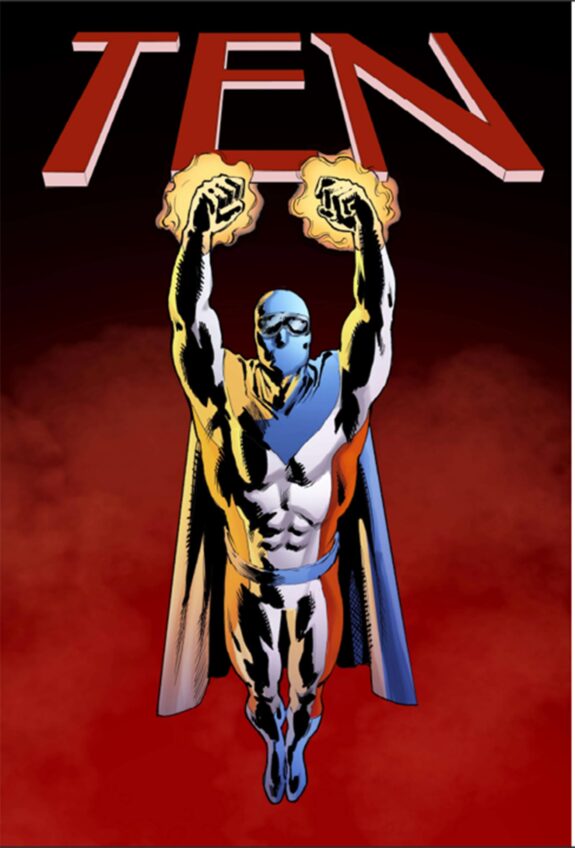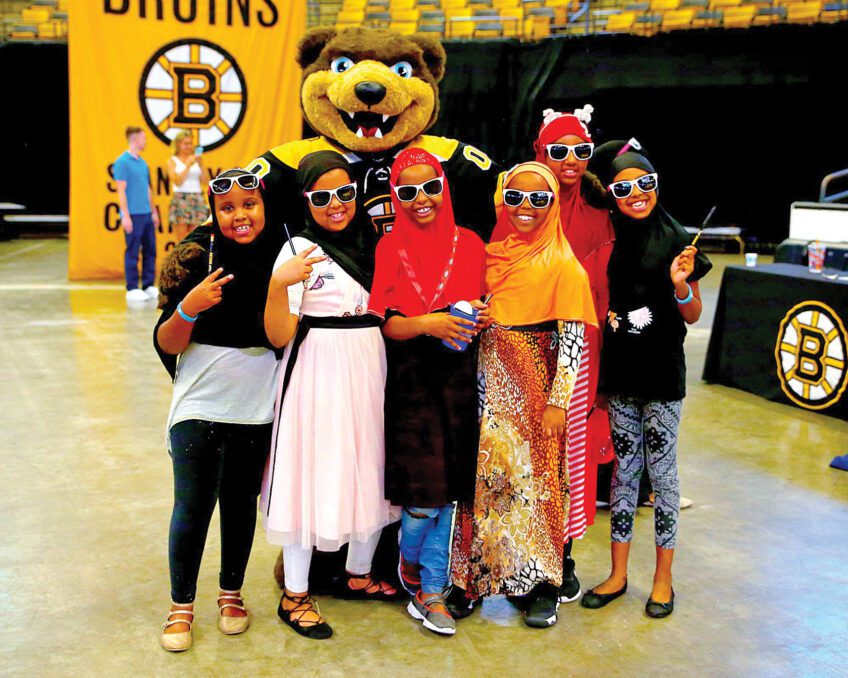
Artist Claudia Ruiz Gustafson came to Boston from Peru to experience the United States for a summer. Twenty years later, she’s still here. Though Gustafson has built a home and a family here, she often thinks of her childhood in Peru and longs for an intimate connection to the motherland she left behind. Her show at Cambridge’s Multicultural Arts Center, “Historias de Tierra y Mar,” on view online through August 28, explores the push and pull of that cultural split.
“This project is a product of nostalgia. The more I stay here, the more I long for and the more I value and the more I treasure everything that I left,” says Gustafson. “I decided to make this visual journal to remember and to honor family members and also my own identity as an immigrant.”
“Historias” is split into three sections: “Historias Fragmentadas,” which delves into her split history in Peru and the United States; “Poet of the Lake,” an exploration of the poetic great-uncle Gustafson never knew; and “Maria,” a reimagining of the life of her family’s live-in maid.
“Maria” strikes a particularly interesting chord. Here Gustafson tells the untold story of an unofficial family member who, despite not being documented in family photos, was an important part of their lives. Gustafson hired a model and shot a photo series in the family home in Peru reimagining Maria’s life. This series makes up about two-thirds of the show. It begs the question, who is not accounted for in family histories?
Though photography is an essential part of her work, to categorize Gustafson as a photographer only is to sell her short. Her collage-style creations mix old and new photographs with recipes, letters, yarn, appliques and other mementos to create beautiful, multi-dimensional works. Like our memories, only snippets of moments and people are retained, and every person who encounters them may see them differently.
While “Maria” explores a past that existed but wasn’t documented, “Historias Fragmentadas” delves into a history unclouded as family secrets are revealed. Gustafson was devastated when she missed her grandparents’ death and funeral in Peru. When she did arrive, she found that the grandparents her family had just buried were perhaps different people than she knew. “I learned a lot of secrets when my grandmother died that she had never told us.”
For example, her grandmother had two IDs. In order to marry Gustafson’s grandfather, who was younger than her, she lied about her age her entire life. Facts like these don’t change the strong bonds in Gustafson’s family, but they fill in more of the painting that is her legacy.
Though the stories in “Historias de Tierra y Mar” are deeply personal to Gustafson, they resonate with all viewers who have delved into their family histories, and with all immigrants who have felt split between two countries and two identities.







